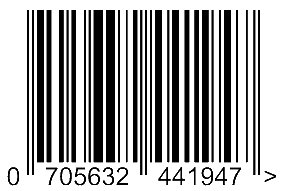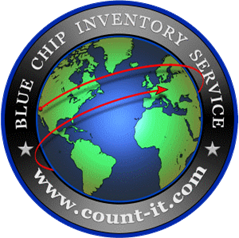
For some businesses and companies, they have figured out the keys to help their businesses with quality inventory management software and tools. They have ditched practices that made the work inefficient and unproductive. If you are finding that it is time to move beyond the sheets, here are some easy steps to take to get started.
1. Ditching the Excel Spreadsheets for Good
Spreadsheets are good for what they do, but when it comes to inventory, they rarely do enough. Large inventories become a hassle as administrators try to track down information about products from seemingly endless bounds of rows, columns, and sheets. Additionally, they are not able to be updated in real time, meaning that they have to be constantly updated in order to be accurate. Since this is not feasible in most companies, many opt for less-frequent updating and decisions made without all of the inventory information.
While spreadsheets are able to be analyzed with tables and graphs, they extent to which this can be done over time is limited. There is not a lot of capability for historical analysis. Since forecasting is an important component of inventory management, it may be time to consider the switch over to a new system.
2. Software Decisions
In order to fully do away with Excel spreadsheets, and alternative system must be put in place. There are a variety of softwares that will do the trick with powerful tools, unified data all in one place, more accurate analyses of supply and demand, data to help with financials, and more. Make sure you are getting one that works for you and has all of the features you require at a fair price. Beyond software, other technologies like a barcode scanner or mobile computer would helpful in making everything work together.
3. Inventory Planning Practice
Having the new systems in place, it is time to start implementing changes in how planning for inventory is done. Don’t wait until disaster strikes! Equipped with tools, your business could make more informed decisions that plan ahead for peak seasons, keep track of which items are depreciating, maximize employee time, and more.


This calculator can help you determine the selling price for your products to achieve a desired profit margin. Try It Free >
Our Audit/Verification Service is available globally - from Thousand Oaks, CA to Timbuktu. Learn More >
Don't just take our word for it. Find out what our clients are saying about our services.
See actual testimonials >
From Retail and Gross Margin Inventory reports, to SKU and Price Verification reports, Blue Chip Inventory provides complete inventory service. See samples >






